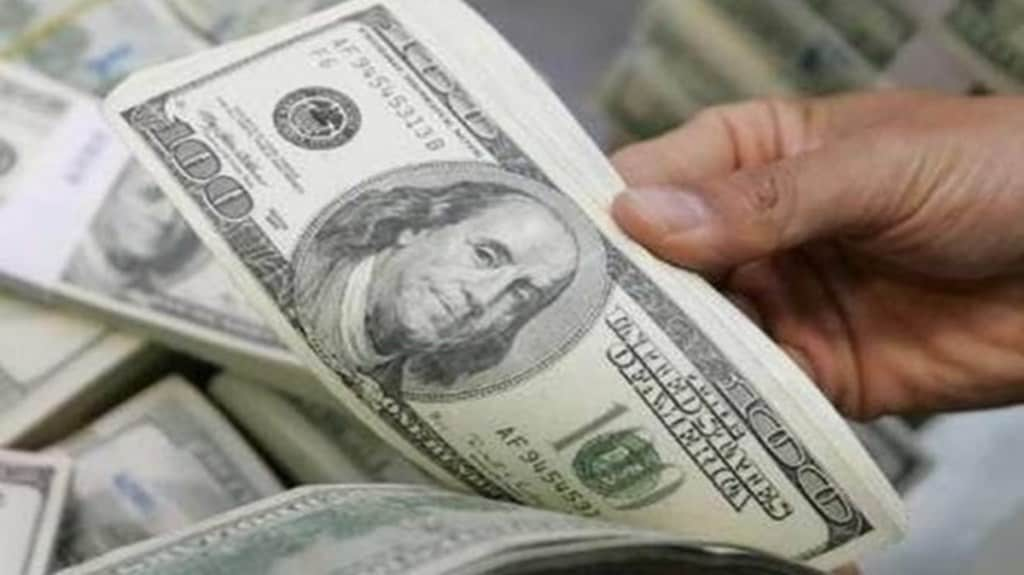By Karthik Srinivasan & Aditi Nayar
After a hiatus of nearly a decade, concerns around India’s balance of payments (BOP) have returned to the fore. The current account deficit (CAD) had remained quite comfortable at sub-2% of GDP, in all but one year between FY14 and FY22. However, it is expected to test the threshold of 3% of GDP in the current fiscal, primarily driven by elevated crude oil prices. This has raised financing concerns and weighed on the rupee, which has fallen to record lows repeatedly in the recent sessions.
India’s BOP position is set to worsen in FY23 although the extent of deterioration remains uncertain. Financing a large current account deficit will remain a significant challenge through FY23 amidst the expectations of continued FPI equity outflows and moderation of debt-related inflows such as ECBs, following the increase in borrowing costs across the globe.
All these concerns have expectedly put pressure on the INR, which has crossed the 79 mark against the US dollar amidst a secular dollar strength, expectations of sharp policy tightening by the US Fed, and risk aversion seen across giinder of H1 FY23.
In such turbulent times, forex reserves have been historically buffered by mobilising deposits from non-resident Indians (NRIs). During the last taper tantrum in September 2013, the Reserve Bank of India allowed banks to raise three-year foreign currency non-resident (FCNR) deposits with an assurance of exchange rate at maturity to banks. Within a span of three months, the FCNR deposits increased from $15 billion (August 2013) to $40 billion (November 2013) and buffered India’s forex reserves. Since then, the FCNR deposits have declined to $16 billion (end of April 2022).
Within the NRI deposits of $139 billion (April 2022), the non-resident external (NRE) deposits have a sizeable share of $101 billion, while the rest is non-resident ordinary (NRO) and FCNR deposits. Unlike NRO deposits, which are maintained by NRIs from their rupee earnings and cannot be repatriated freely, the NRE deposits are made by NRIs in rupees through their overseas earnings and are freely repatriable. Moreover, the exchange risk on NRE deposits upon repatriation is borne by NRIs, unlike FCNR deposits that are also for a minimum one-year maturity and not exposed to exchange rate risk.
With the bleak outlook for the rupee, the pace of accretion in NRE deposits has been weak, with a decline of $1.8 billion during FY22 as compared to the accretion of $12.2 billion during FY21. The surplus rupee liquidity in the domestic market rose significantly post-Covid, and the cost of rupee deposits has been much more competitive for banks vis a vis hedged FCNR deposits. Hence, the latter declined by $3.8 billion and $3.6 billion, respectively, during FY21 and FY22, as compared to positive flows in FY19. Overall, NRE and FCNR deposits declined by $5.3 billion during FY22. With the weak outlook for the rupee and rising interest rates in overseas markets, the outflows in FCNR and NRE accounts could have gathered pace in Q1 FY23, thereby prompting RBI’s recent measures to allow banks to raise these deposits by freeing up the cap on the same.
The median 1-year deposit rate for Indian banks in June 2022 stood at 5.3%, and net of the hedging cost, the banks will, at best, offer 2.3-2.5% on their one-year FCNR deposits. This is much lower when compared to the 2.8-2.9% yield on a one-year US T-bill. Accordingly, till the time the domestic deposit rates rise, the banks are unlikely to chase NRI deposits, and there could be a possibility that the outflow of NRI deposits may continue in the near term. However, with improving credit growth and a moderating domestic liquidity surplus, the deposit rates in the domestic markets are expected to rise in the coming months, especially based on our expectations of 60 bps of repo rate hikes in the ongoing quarter. These relaxations made by RBI will hence address the dual purpose of keeping a lid on the sharp rise in domestic deposit rates and buffering up the forex reserves in the coming months.
The other measures related to relaxations for external commercial borrowings and FPI limits for debt instruments may also aid in some inflows. However, given the broader trend of FPI outflows from debt during the last few years and the sharp rise in dollar funding costs, the uncertainty of inflows from these measures remains. NRI deposits have proven to be a more certain source of funding in the past, and these could be made further attractive by RBI if required, not only to stem the outflows, but also to increase the foreign exchange reserves and prop up the rupee going ahead.
(The authors are Respectively, group head (financial sector) and chief economist, ICRA Limited
Views are personal)


